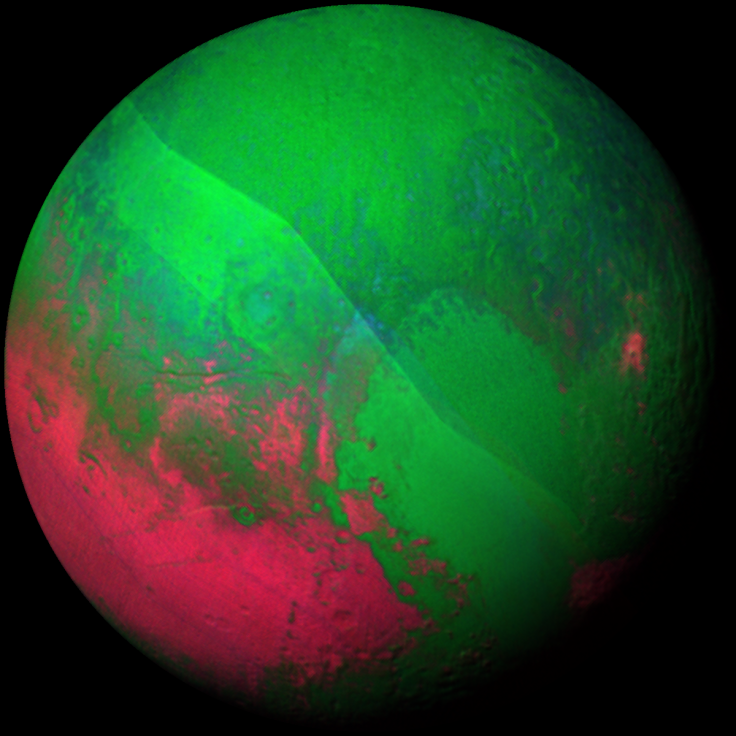NASA Extends New Horizons Mission To Kuiper Belt After Pluto Flyby

Some spacecraft are like gifts that keep on giving, and NASA’s New Horizons, having made flybys of Jupiter in 2007 and Pluto in 2015, is already one such. And to prove the point some more, NASA approved over the weekend to extend its mission to go further into the Kuiper Belt to explore an ancient object, which is a remnant from the time when the planets in our Solar System first formed.
When New Horizons sent back pictures of Pluto earlier in 2016, it was the first time scientists got a close-up look at the dwarf planet, once considered the ninth planet in our planetary system. And now, the folks at NASA have decided to send the spacecraft farther into the outer reaches of the Solar System, to explore a body discovered by the Hubble Space Telescope in 2014, eight years after New Horizons had already left to study Pluto.
The Kuiper Belt Object, the spacecraft is now heading for, is provisionally called 2014 MU69. According to a statement on NASA’s website, “the spacecraft’s planned rendezvous with the ancient object — considered one of the early building blocks of the solar system — is Jan. 1, 2019.”
“We’re excited to continue onward into the dark depths of the outer solar system to a science target that wasn’t even discovered when the spacecraft launched,” Jim Green, NASA’s director of planetary science, said in a statement.
But why is it exciting to study this far away object, about one billion miles farther away from Pluto?
According to Alex Parker, one of the people responsible for the discovery of 2014 MU69, the object “belongs to the ‘Cold Classical’ Kuiper Belt, a population that appears to be a surviving remnant of the disk of material from which the planets formed. The cold classicals seem to have escaped much of the violent processing that other kinds of minor planets were subject to. This makes 2014 MU69 the clearest window into the era of planet formation that we have ever had the chance to see up close.”
But don’t expect any quick answers to whatever questions you may have about the early centuries of our solar system. Even if New Horizons makes it to 2014 MU69 without any untoward incident on the planned date, it will still take 20 months for its data to transmitted back to Earth.
© Copyright IBTimes 2025. All rights reserved.





















